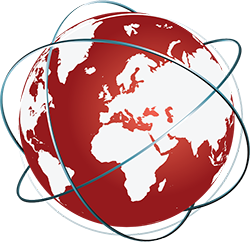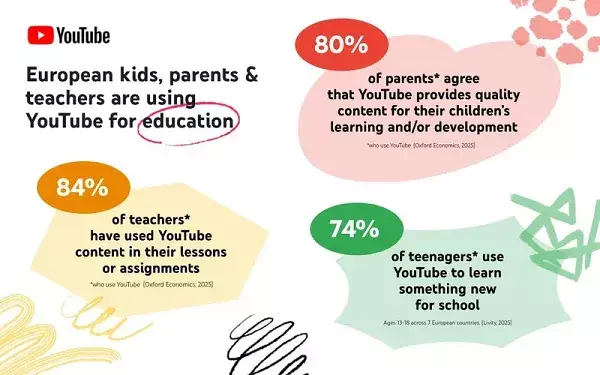In an age dominated by digital innovation, platforms like YouTube are revolutionizing how young people access knowledge. While initially grounded in entertainment, recent data reveals a significant shift: an increasing number of teenagers are turning to YouTube as a primary educational resource. This evolution underscores a critical insight—technology that was once perceived solely as distraction now holds profound potential to augment formal and informal learning experiences. Such a paradigm shift demands a reevaluation not just of platform policies but of the broader role that digital media can and should play in shaping future generations’ educational journeys.
This data-driven transformation reflects an intrinsic desire among youth for accessible, engaging, and bite-sized learning. What’s more compelling is the recognition from educators and parents alike, who increasingly leverage YouTube’s vast repository of tutorials, lessons, and explorations to complement traditional teaching methods. This phenomenon exemplifies a democratization of knowledge—where information is no longer confined within classroom walls but flows freely into homes, smartphones, and everyday lives. Harnessing this potential responsibly could bridge educational gaps, foster curiosity, and cultivate lifelong learners.
The Cultural and Regulatory Challenge
Despite these optimistic insights, the landscape is fraught with regulatory challenges that threaten to restrict young people’s access to the very tools that bolster their education. Across several countries—including France, Greece, and Australia—authorities are contemplating age restrictions on social media platforms, aiming to shield minors from inappropriate content and reduce overuse. While this protective intent is understandable, it risks inadvertently curbing a vital educational resource—platforms like YouTube.
Australia’s recent decision to impose restrictions underlines a vital tension: balancing safety and access. The platform argues that its educational content provides real-world value and should be exempt from restrictions. Yet, policymakers are increasingly convinced that digital spaces require tight regulation to protect vulnerable users. This ongoing tug-of-war isn’t just a matter of policy; it’s a fundamental debate about the role of technology in developmental health and education. In this context, platforms like YouTube must proactively demonstrate their capacity to serve as safe, enriching learning environments.
The Power of Content and the Need for Responsibility
The influence of high-quality educational content on YouTube is undeniable. According to recent surveys, over 70% of teenagers and over 80% of teachers employ the platform for learning purposes. This underscores a critical opportunity: to craft and promote content that is accurate, age-appropriate, and pedagogically sound. If YouTube positions itself as a partner in education rather than a mere entertainment hub, it could shift perceptions and foster trust among regulators.
However, the challenge lies in reputation management. The platform must combat superficial or misleading content while amplifying valuable resources. This task isn’t trivial, but it aligns with a broader societal imperative: to create digital ecosystems that prioritize education and personal growth. Given the increasing reliance on YouTube for homework help, scientific explanations, and cultural awareness, its educational potential cannot be dismissed or undervalued. Instead, it should be celebrated and integrated into formal learning frameworks.
The Future of Digital Learning and Regulation
Looking forward, the intersection of regulation and digital innovation will determine how platforms like YouTube evolve. If the goal is to empower students rather than restrict them, stakeholders must collaborate—educators, policymakers, parents, and platform creators—to establish clear guidelines that promote safe yet unrestricted access. Education about responsible consumption of digital media is equally crucial, ensuring that young users develop critical thinking skills alongside their digital literacy.
Ultimately, YouTube’s capacity to foster educational growth hinges on its ability to adapt and demonstrate its value conscientiously. It must navigate regulatory hurdles not as insurmountable barriers but as opportunities to showcase its role as a trusted, innovative learning partner. If done effectively, this could either set a precedent for other digital platforms or redefine how educational content is consumed in the digital age—turning a tool often seen as a distraction into a powerful catalyst for youth development.

